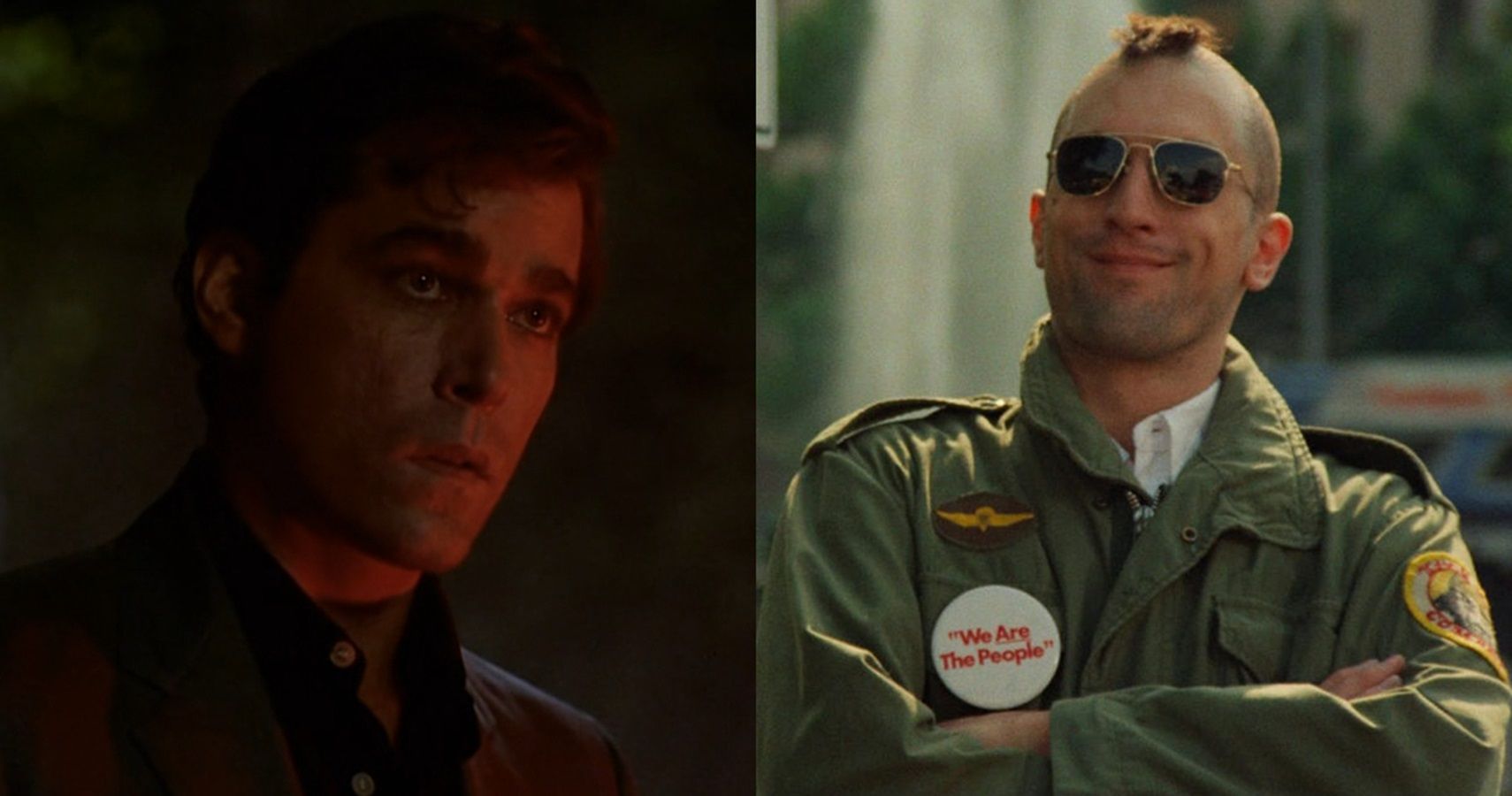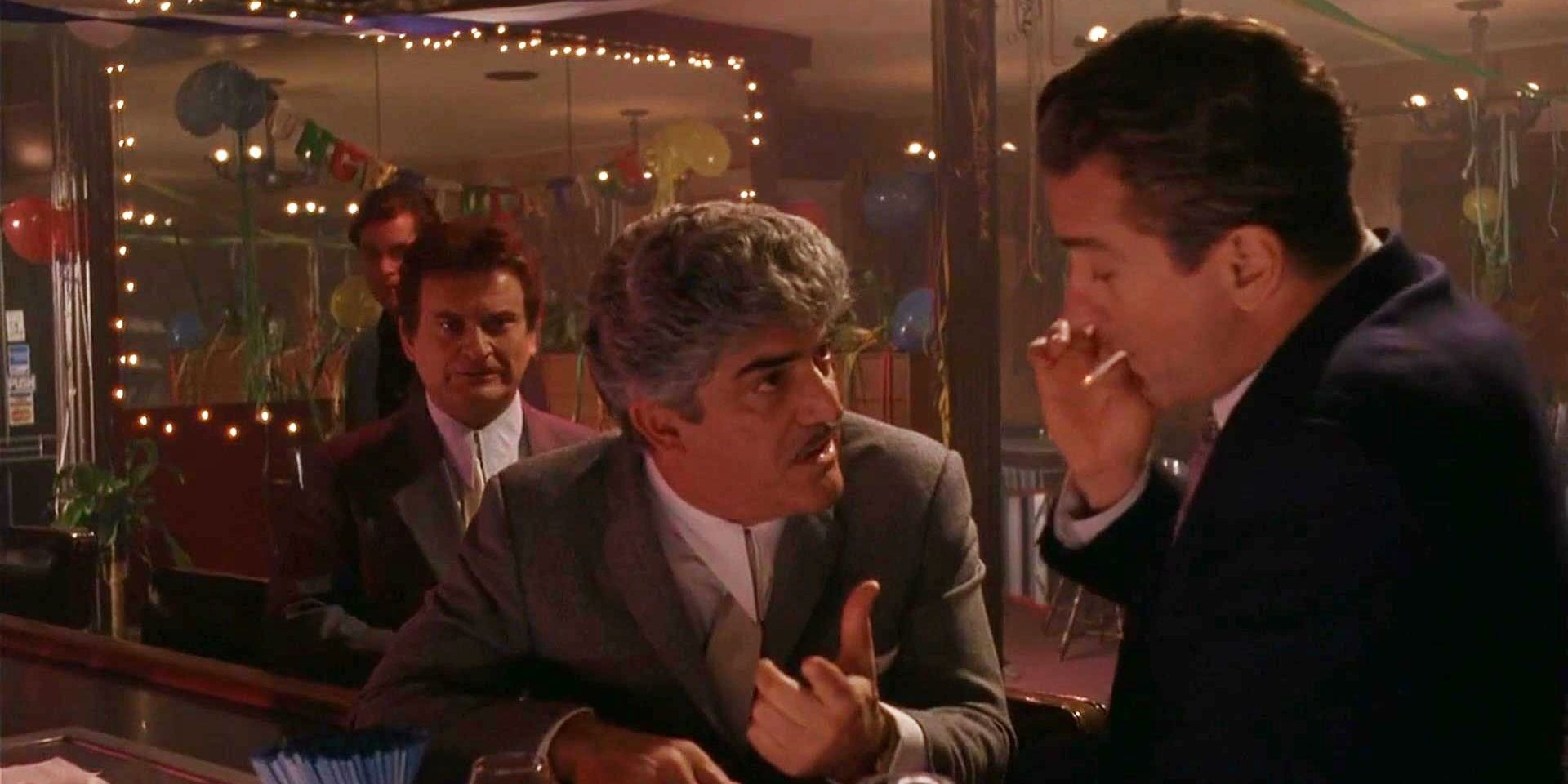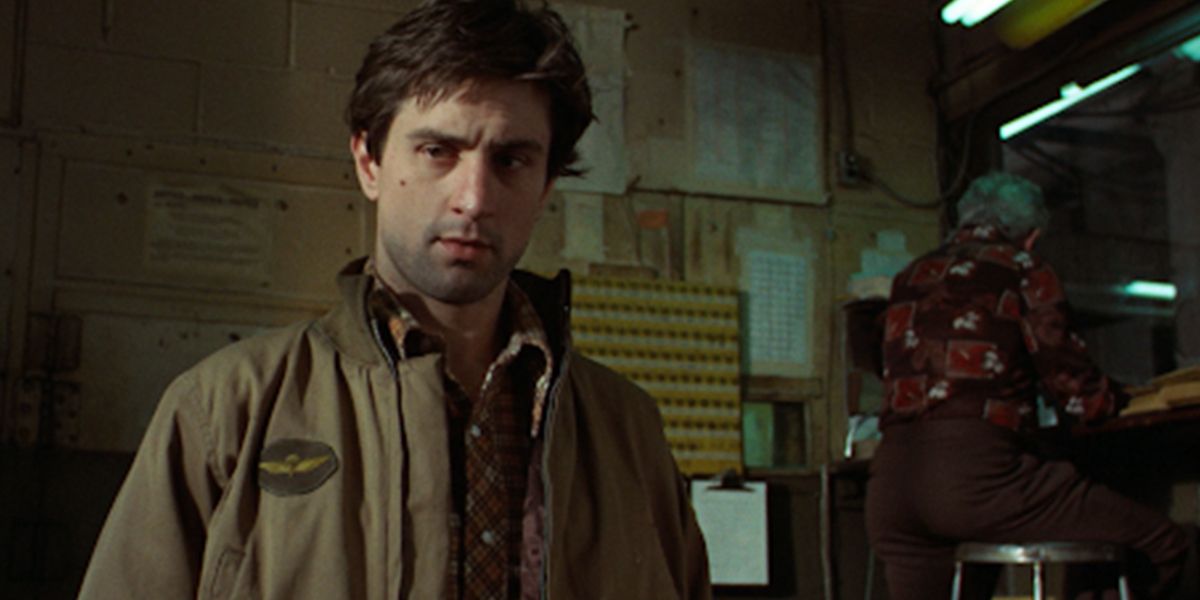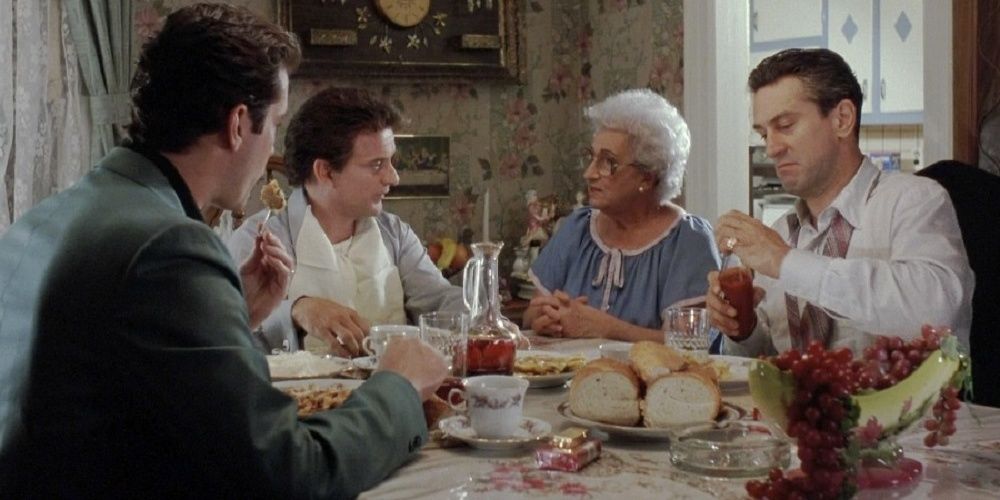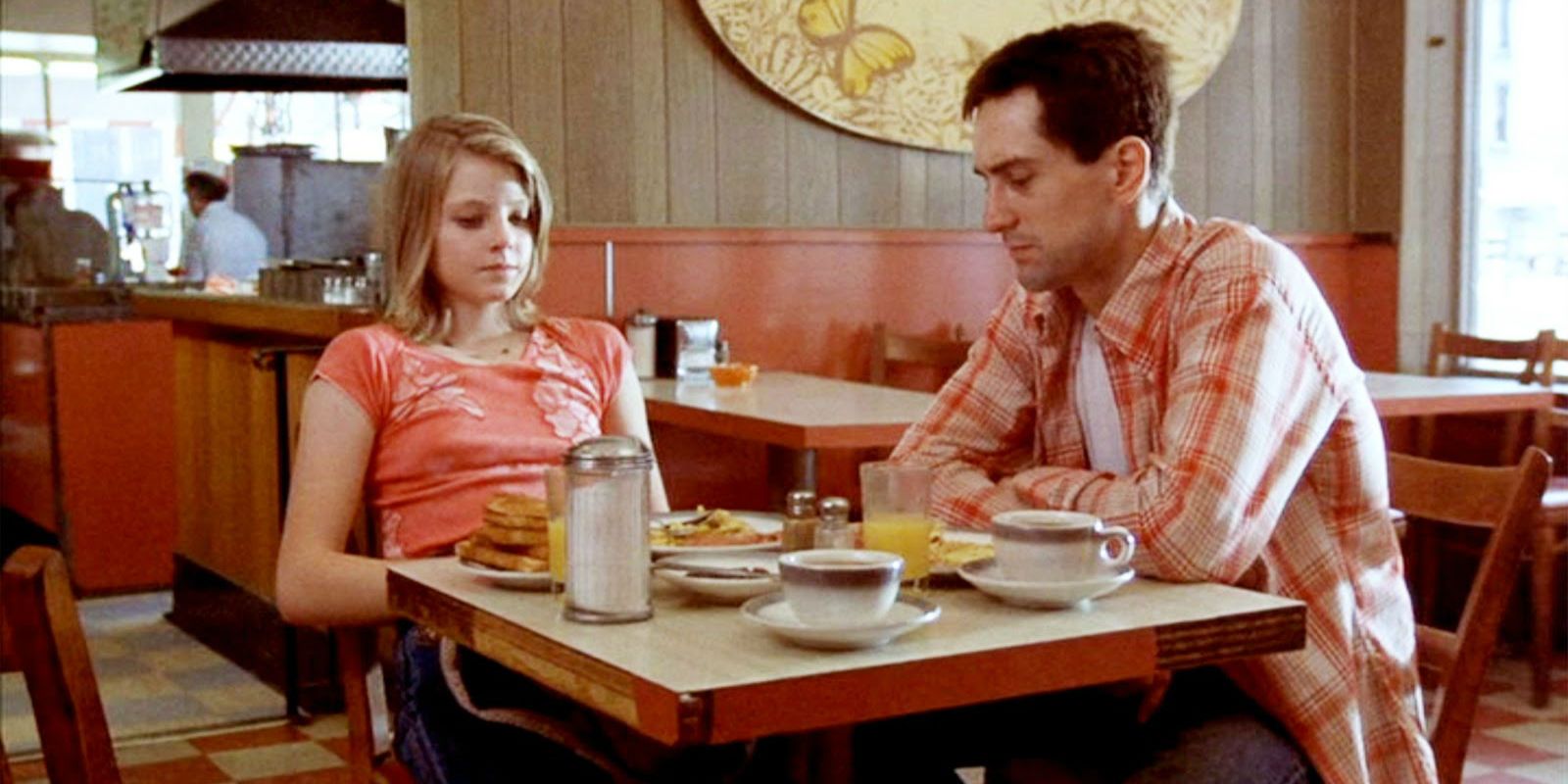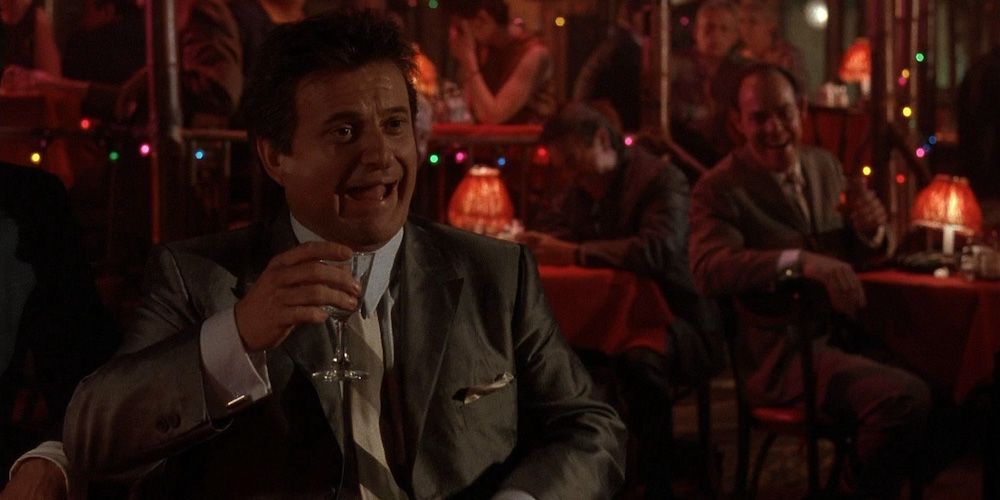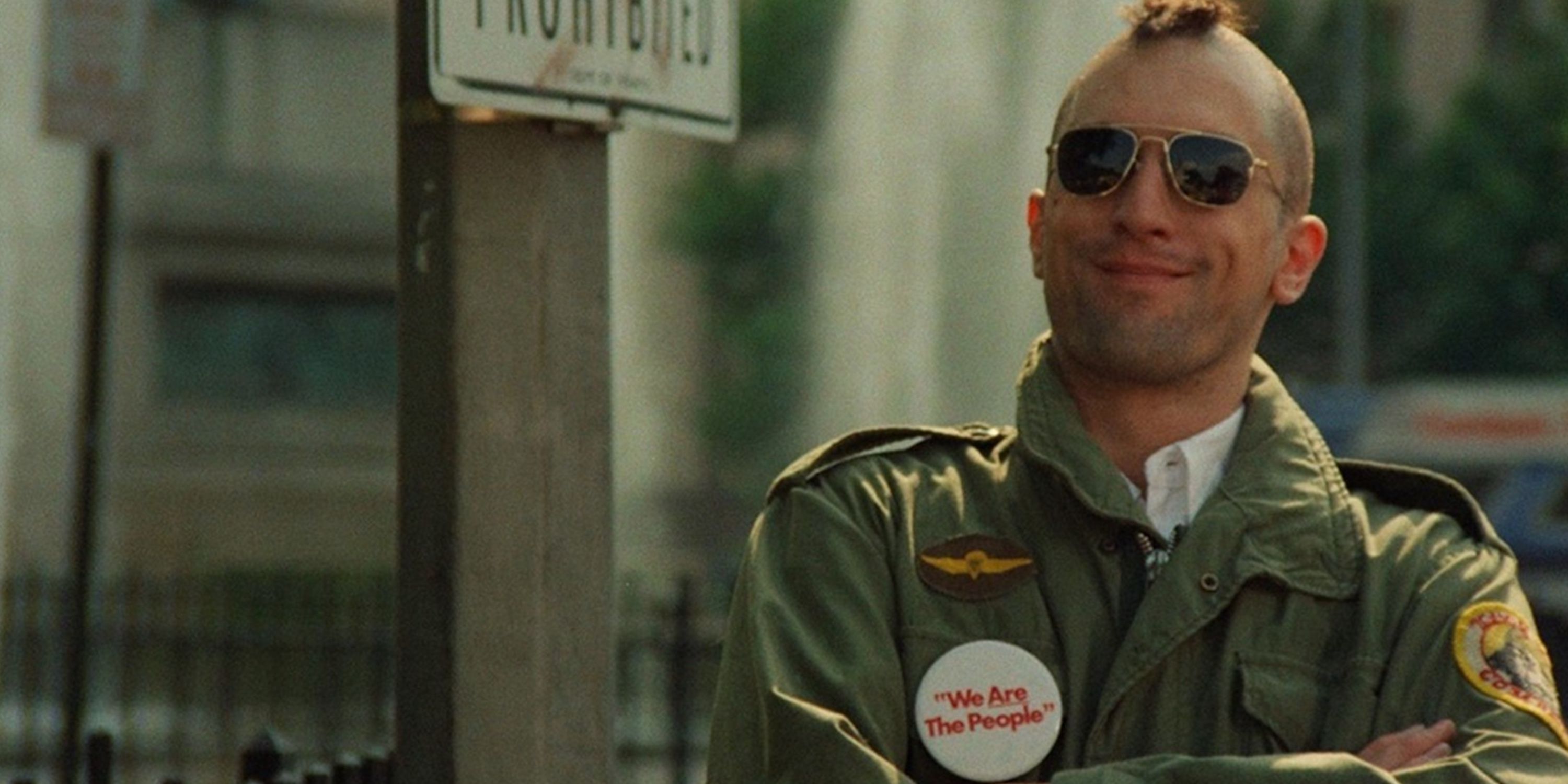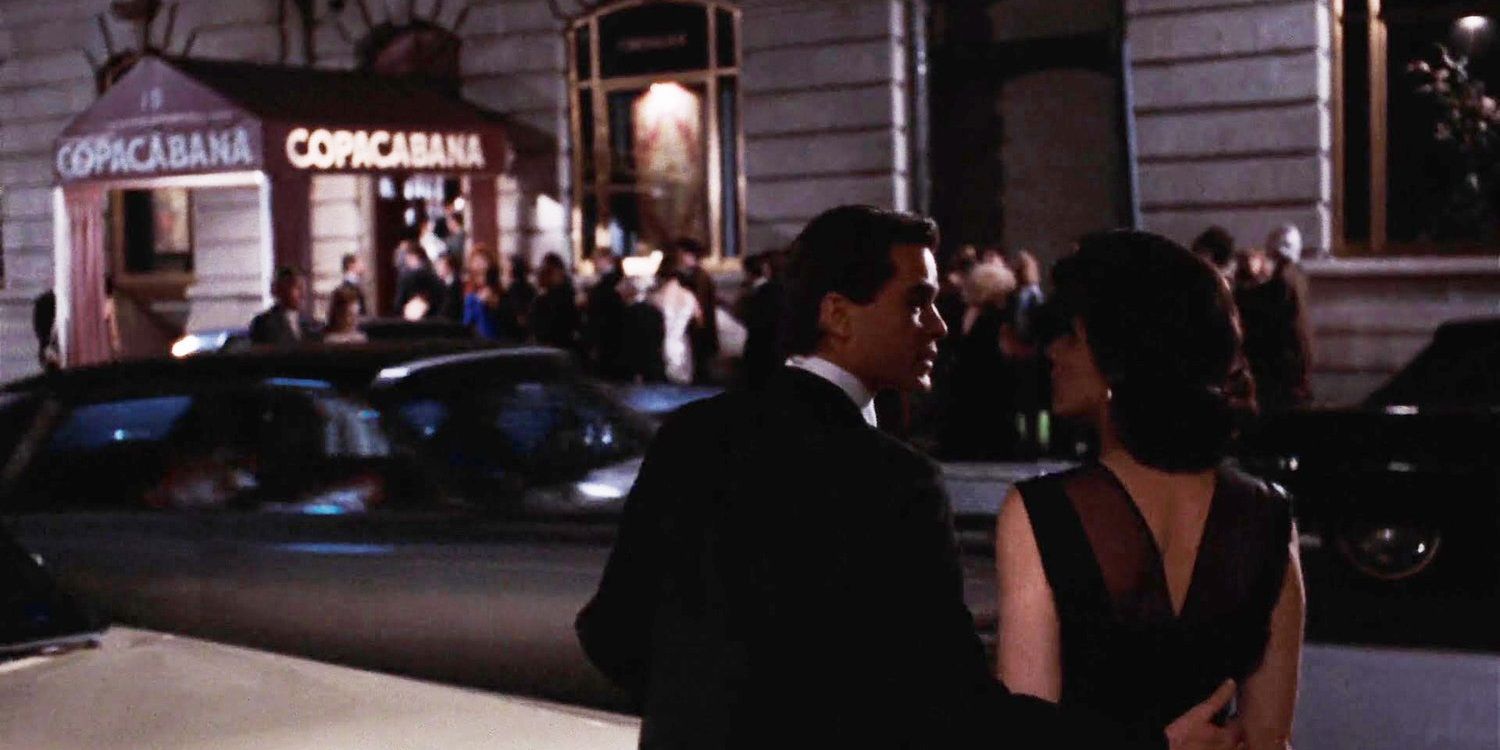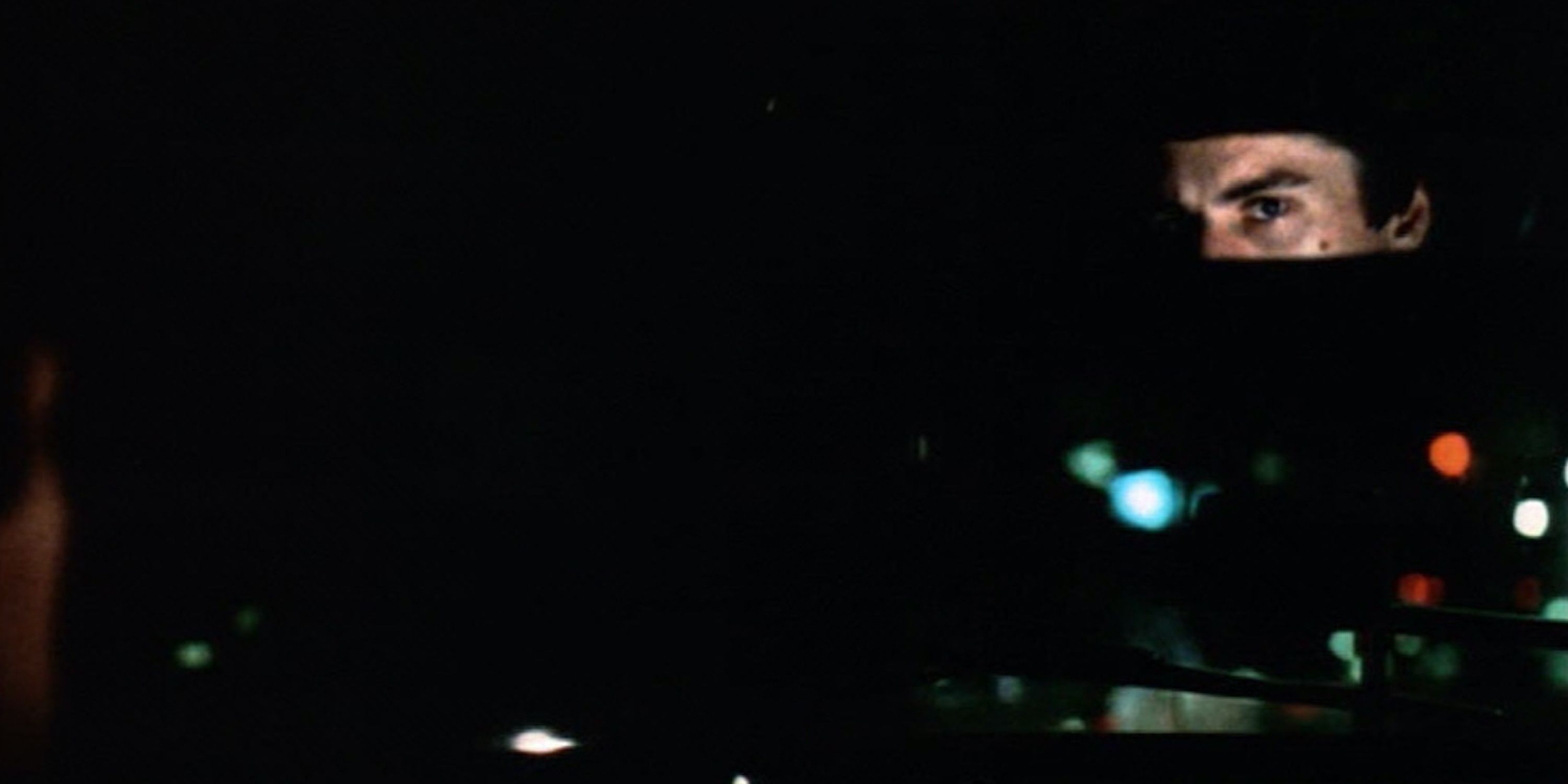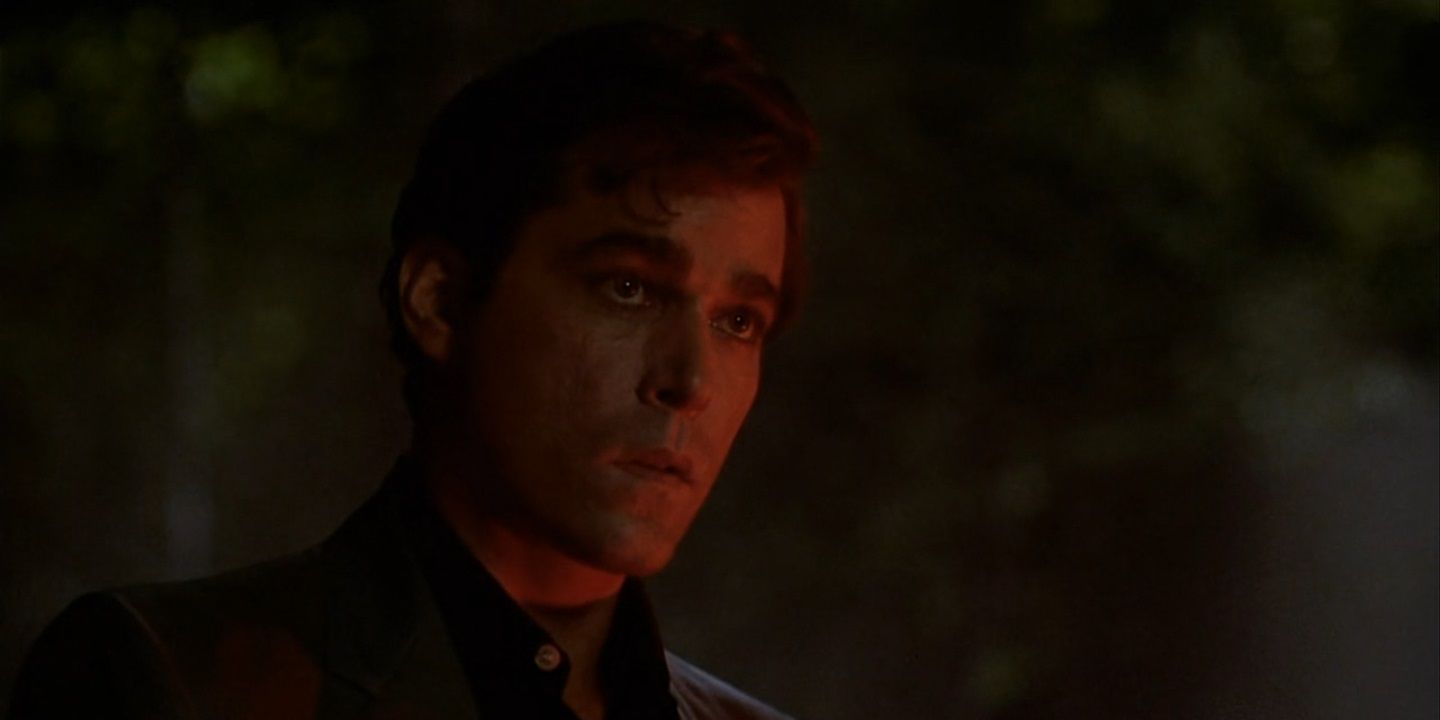Although Martin Scorsese has tried his hand at a number of different genres – from boxing biopics to religious epics to, in one underrated case, wacky comedies – but the genre with which the greatest living filmmaker will always be associated is crime. From Mean Streets to The Irishman, Scorsese has made a bunch of great crime movies.
Arguably, the director’s finest contribution to the genre is Goodfellas, his biopic of mafioso Henry Hill that warns viewers against a life of crime, while a close second is Taxi Driver, his neo-noir psychological thriller about an unhinged Vietnam vet taking the justice system into his own hands.
Goodfellas Is The Best: It’s A Gritty Counterpoint To The Godfather
In discussions of the definitive mafia movie, the debate usually boils down to Francis Ford Coppola’s The Godfather and Martin Scorsese’s Goodfellas. The crucial difference between these two movies is that the former romanticizes mob life, while the latter looks at its devastating realities.
While the Corleones are so insanely powerful that they lead lives of infinite luxury without ever having to get their hands dirty. The characters of Goodfellas are the middle management who do the dirty work and only get a taste of their superiors’ glamor.
Taxi Driver Is A Close Second: It’s Open To Interpretation
The events of Goodfellas are pretty much an open-and-shut case. Aside from the final Great Train Robbery-inspired shot of Tommy firing at the camera, there’s not much that’s open to interpretation. But Taxi Driver is more flexible than that.
Some of the movie’s scenes might be taking place entirely in Travis’ head, while the ending is either unusually happy and optimistic or a haunting metaphor for Travis’ descent into Hell.
Goodfellas Is The Best: The Characters Feel Like Real People, Not Archetypes
In a lot of gangster movies, the gangster characters feel like archetypes. Their dialogue doesn’t sound like real people talking; it seems like a Hollywood screenwriter’s misguided interpretation of what gangsters sound like. The scenes don’t seem like real situations; they seem like Hollywood fabrications of what gangsters get up to.
But Scorsese grew up around mobsters, so he gets the lifestyle. He understands the mentality, and that they’re real people. In Goodfellas, we see gangsters spending time with their families and playing cards and drinking in bars. The actors were allowed to improvise on the set. The characters don’t feel like archetypes; they feel like real people.
Taxi Driver Is A Close Second: It’s The Searchers On The Streets
Scorsese’s direction of Taxi Driver was heavily influenced by the classic John Ford western The Searchers, which stars John Wayne as a war veteran who sets out to rescue a young girl who doesn’t want to be rescued.
In this sense, Taxi Driver is The Searchers on the streets and Travis Bickle is an urban Ethan Edwards. The movie brings one of cinema’s finest masterpieces into a modern context.
Goodfellas Is The Best: It’s Fast-Paced, But Every Scene Has Room To Breathe
Inspired by the opening moments of Jules and Jim, Goodfellas moves along at a rapid pace, covering years of narrative ground in the space of minutes. Movies with this kind of rapid pacing can often feel like they’re rushing through their story, but Goodfellas takes enough time to smell the roses.
Every scene has plenty of room to breathe as the actors were allowed to improvise dialogue and Scorsese kept all the best bits.
Taxi Driver Is A Close Second: It Mixes Noir Tropes With Contemporary Issues
At its heart, Taxi Driver is a film noir set against ‘70s New York. Noirs enjoyed their heyday in the ‘40s and ‘50s, tackling issues of the times. Any neo-noir worth its salt tackles the social issues of its own historical context. Everything Travis complains about the crime and corruption in New York encapsulates Scorsese’s own disillusionment with the city at the time.
While Scorsese was shooting Taxi Driver, New York’s sanitation workers went on strike. This meant that trash piled up on the streets, captured by Scorsese’s camera. The city actually helped the director criticize it.
Goodfellas Is The Best: It’s Endlessly Rewatchable
With its brisk pacing, captivating performances, and wicked sense of humor, Goodfellas is endlessly rewatchable. While many classic movies are too dry to be enjoyed over and over again, Goodfellas is a movie that never gets old.
It’s also a movie that has to be seen through to the end if it’s spotted while channel-hopping. It doesn’t matter how far through it is; someone can pick it up from anywhere and remain hooked until the end credits roll.
Taxi Driver Is A Close Second: The Camera Is An Active Participant
Most movies don’t want the audience to notice the camera, and try to hide the camera’s angles and movements in a sense of verisimilitude or an abundance of on-screen activity, but in Taxi Driver, the camera is an active participant.
When Travis calls Betsy for a second date, it’s so excruciatingly awkward that the camera wanders off down the hallway to avoid watching the embarrassment. After the climactic shootout, the camera looks straight down, away from Travis’ pain.
Goodfellas Is The Best: Henry Hill Is The Perfect Warning Label For Mafia Life
Although it’s ultimately a large-scale treatise about the dangers of mob life, Goodfellas is anchored by the life of Henry Hill. Hill dreamed of the glitz and power and lifestyle that comes with being a gangster, but wasn’t prepared for the ugly side of things.
He ended up ratting out all his friends and giving up his lifestyle to stay out of prison and enter the witness protection program, making his life the perfect warning label for mafia life.
Taxi Driver Is A Close Second: Travis Bickle Is The Ultimate Antihero
Robert De Niro gives one of his all-time greatest performances in the role of Travis Bickle in Taxi Driver. While the actor is to thank for bringing Travis to life, it helped that Paul Schrader wrote him as the quintessential antihero.
Although Travis’ methods of taking the law into his own hands are questionable, his motivations are understandable, and he’s utterly compelling without necessarily being likable.

